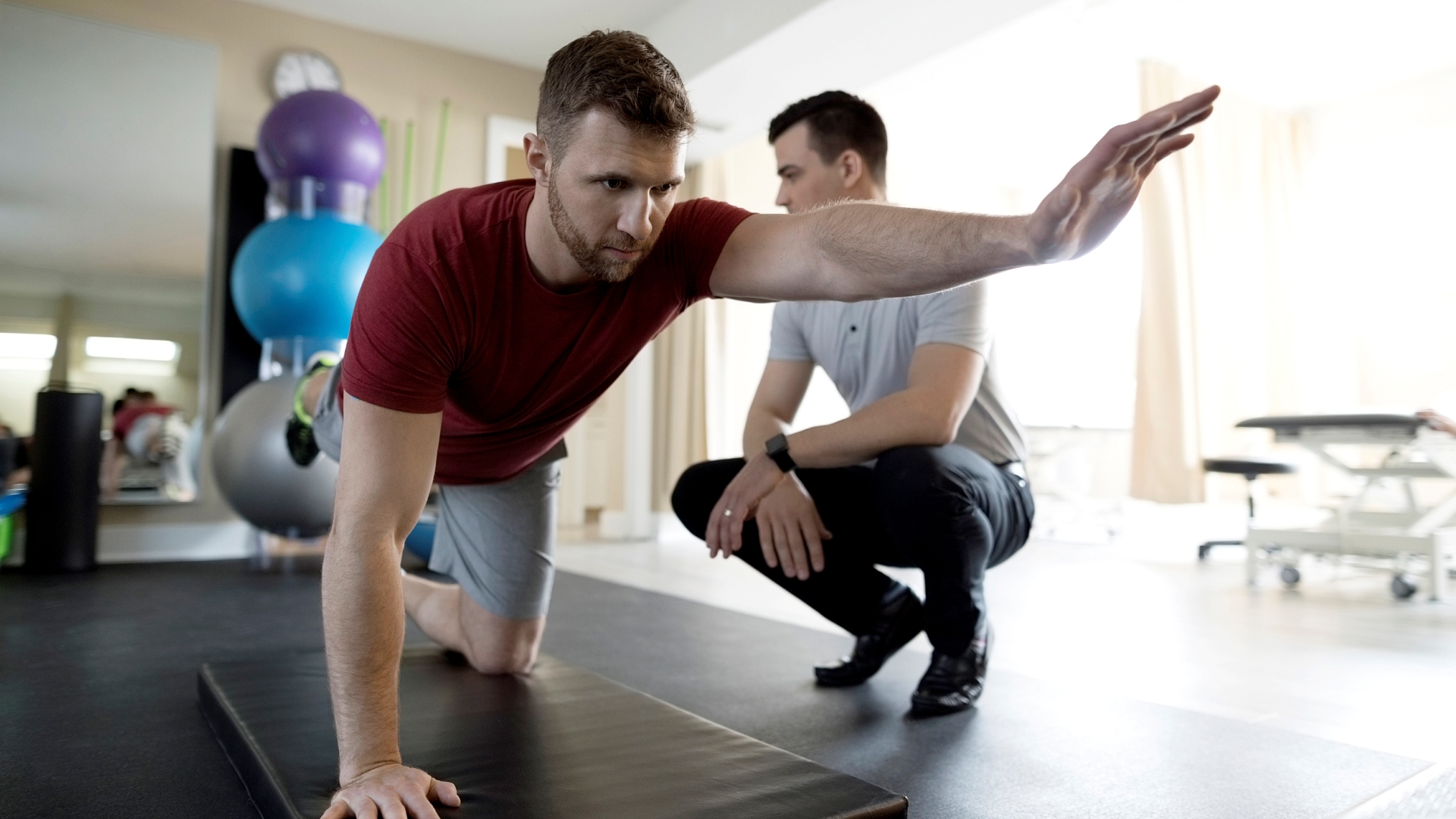What Happens If Your Blood Pressure Is High After Exercising: Higher blood pressure during exercise and delayed blood pressure recovery after exercise are associated with a higher risk of hypertension, preclinical and clinical cardiovascular disease and death among middle-aged to older adults.
Blood pressure responses to exercise are significant markers of cardiovascular disease and mortality risk in young to middle-aged adults.
RELATED: Persons With High Blood Pressure And Exposed To COVID-19
However, few studies have examined the associations of midlife blood pressure responses to submaximal (less than the maximum of which an individual is capable) exercise with the risk of cardiovascular outcomes and mortality in later life.
Researchers from Boston University School of Medicine (BUSM) evaluated the association of blood pressure changes and recovery with indicators of preclinical disease among participants from the Framingham Heart Study (average age 58 years, 53 percent women).
They then followed these participants to assess whether these blood pressure changes were associated with the risk of developing hypertension, cardiovascular disease or dying.
They observed that both higher exercise systolic blood pressure (SBP) and exercise diastolic blood pressure (DBP) were associated with a greater risk of developing hypertension. Additionally, both delayed SBP and DBP recovery after exercise were associated with higher risk of cardiovascular disease and death.
“The way our blood pressure changes during and after exercise provides important information on whether we will develop disease in the future.
This may help investigators evaluate whether this information can be used to better identify people who are at higher risk of developing hypertension and CVD, or dying later in life,” explained corresponding author Vanessa Xanthakis, Ph.D., assistant professor of medicine and biostatistics at BUSM and an Investigator for the Framingham Heart Study.
Xanthakis recommends that people know their blood pressure numbers, speak to their physician regarding changes during and after exercise and follow a healthy lifestyle (including a regular physical activity schedule) to help lower risk of disease later in life.





